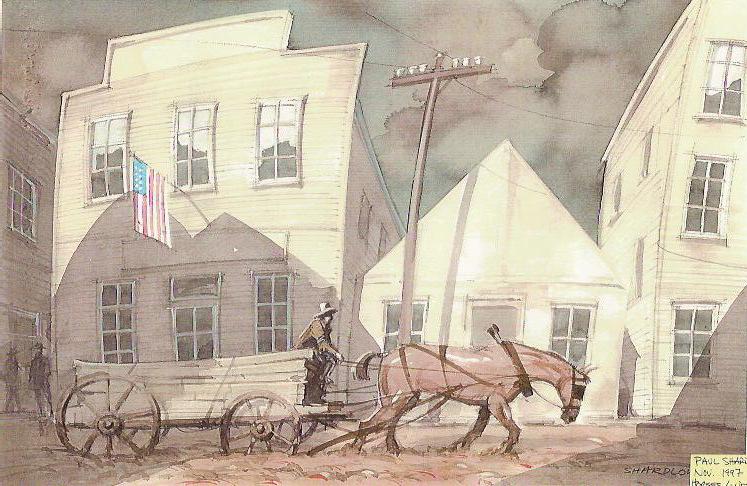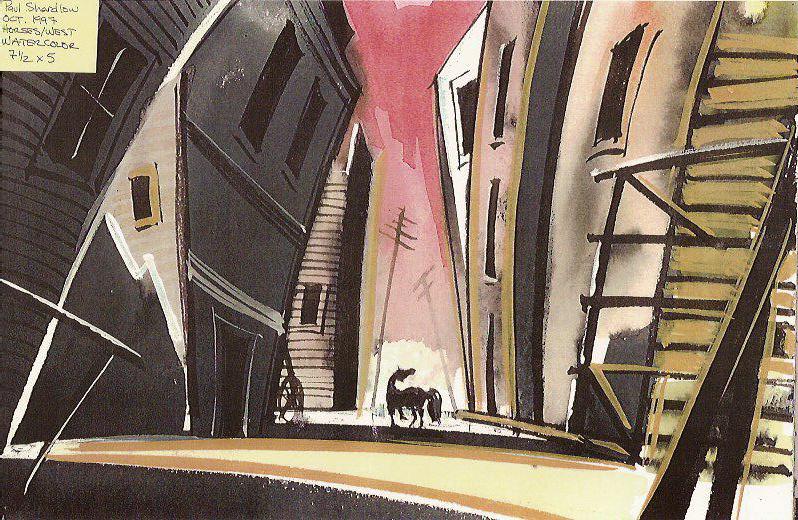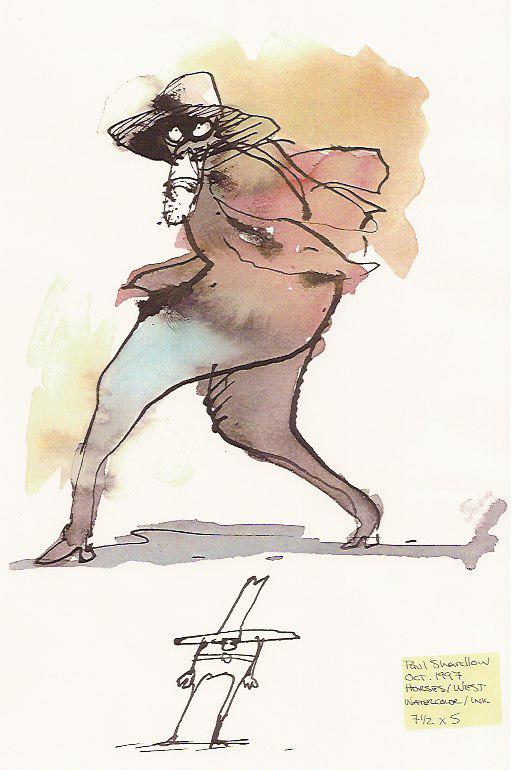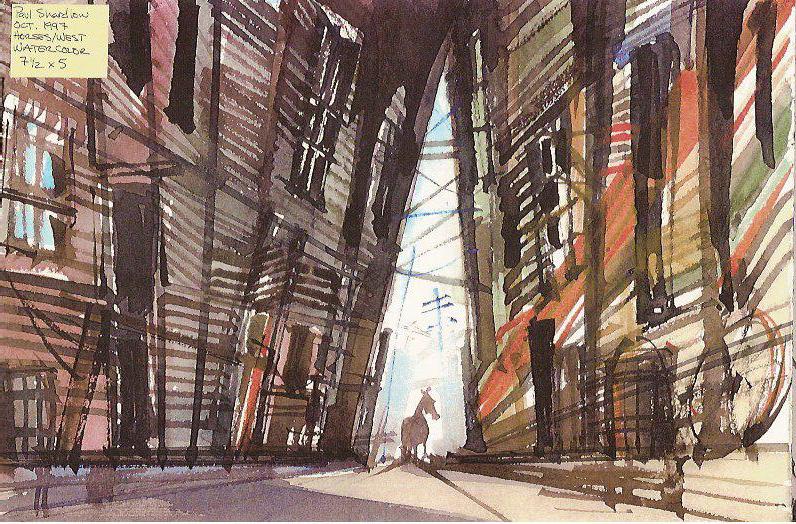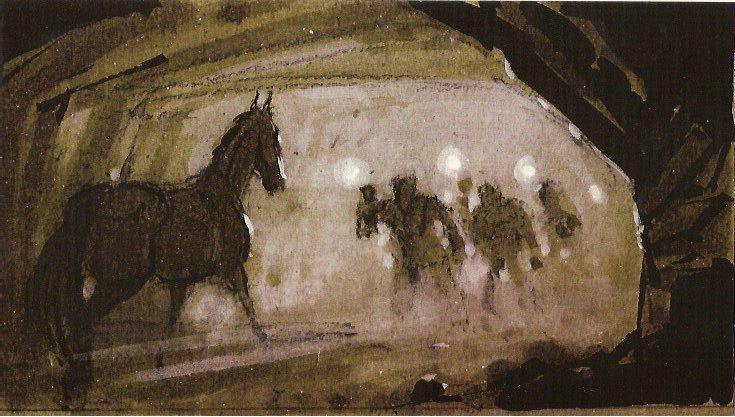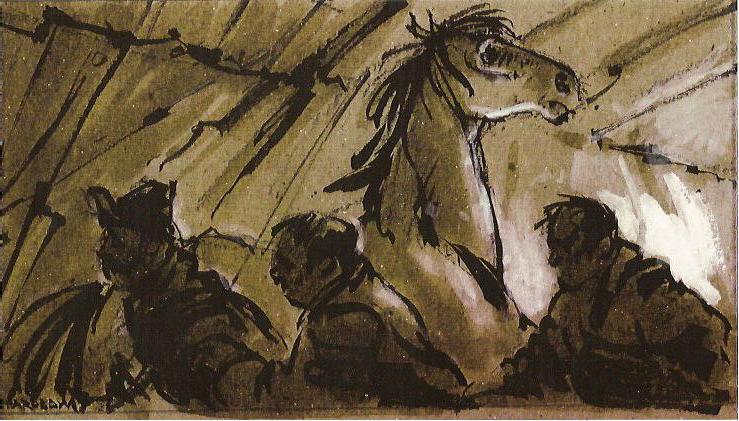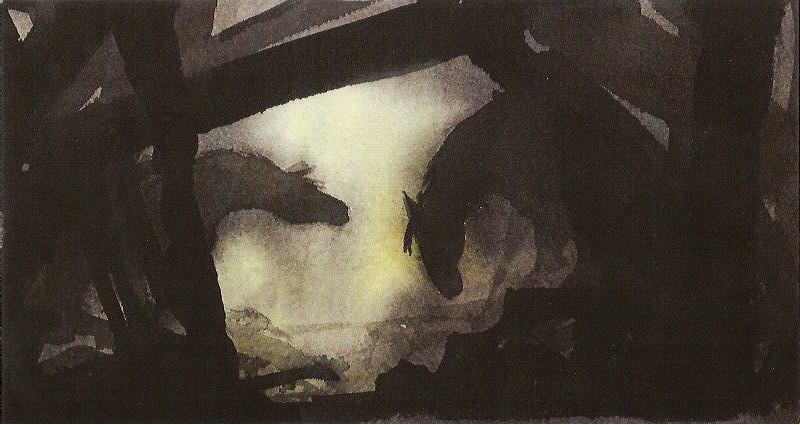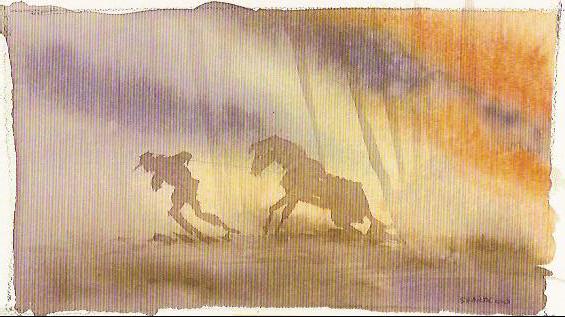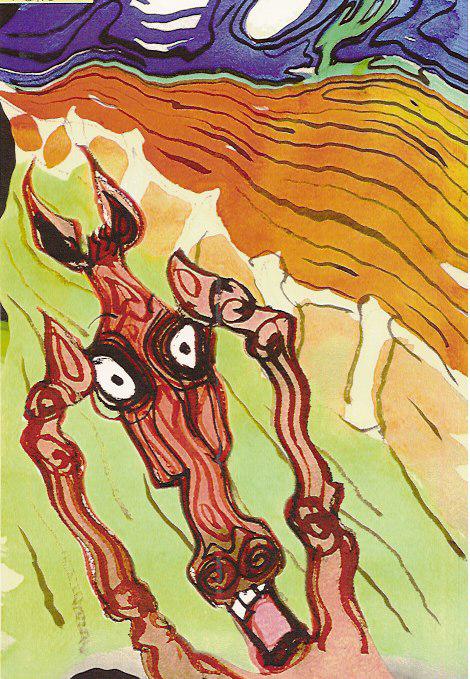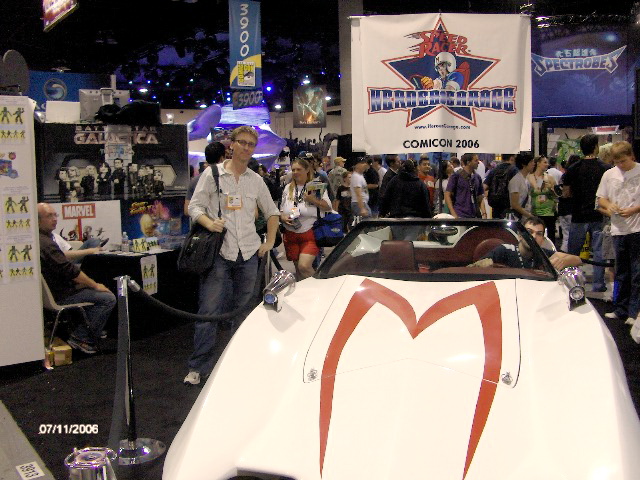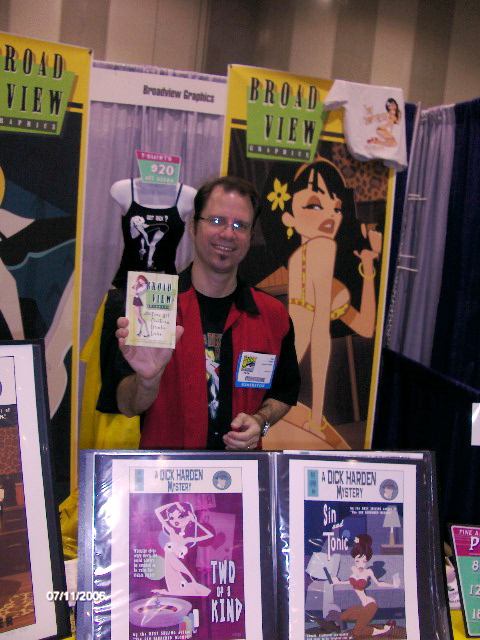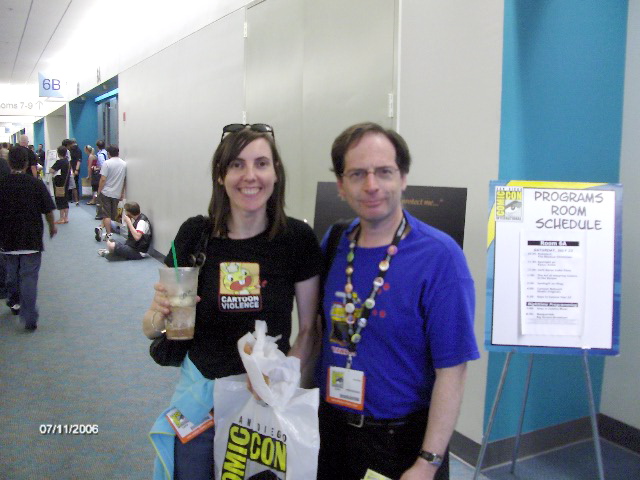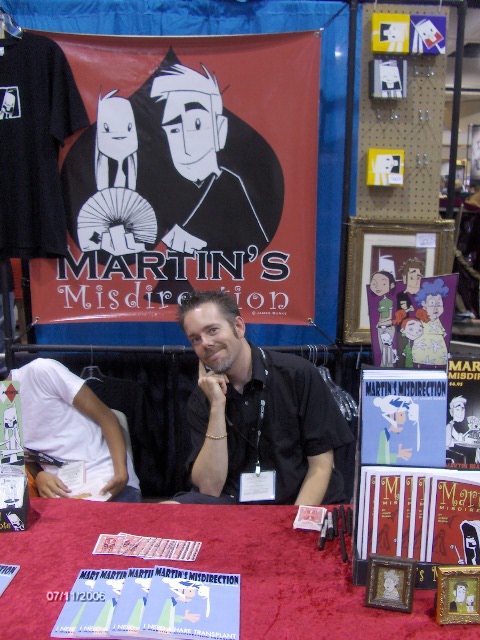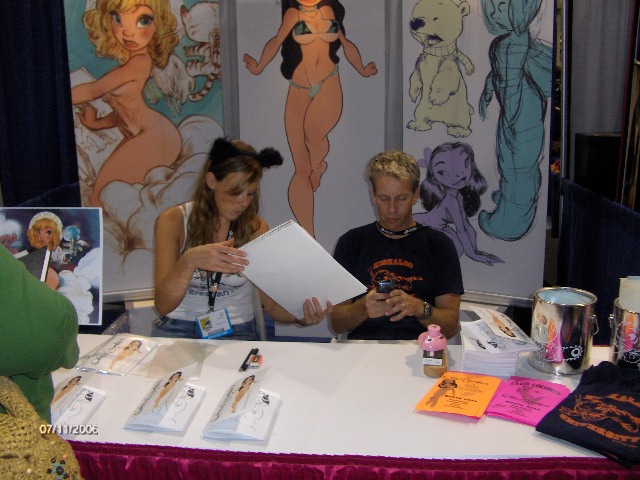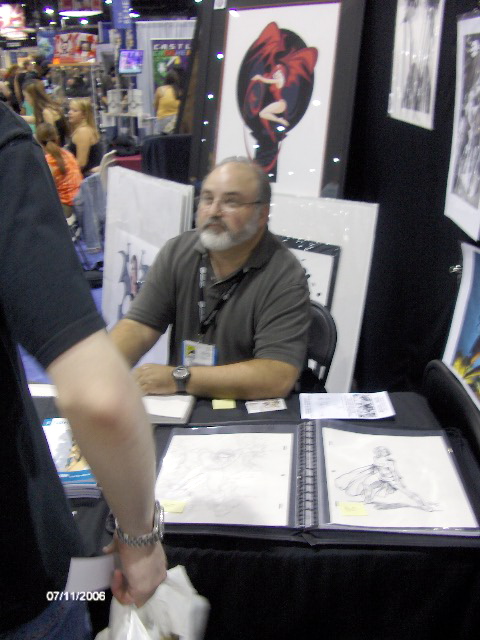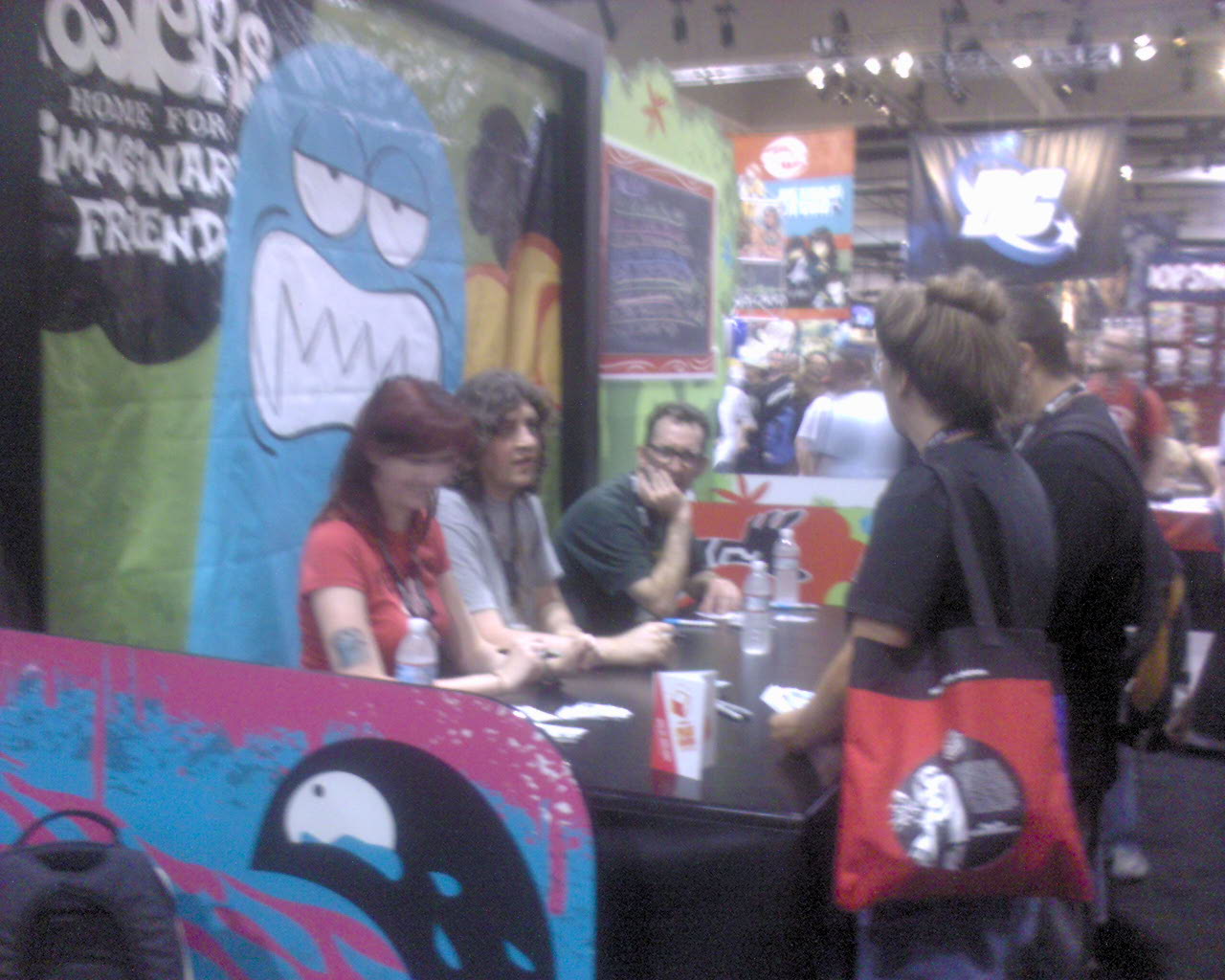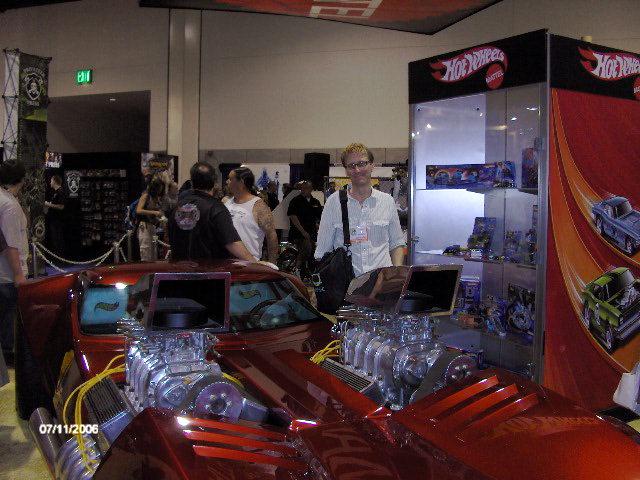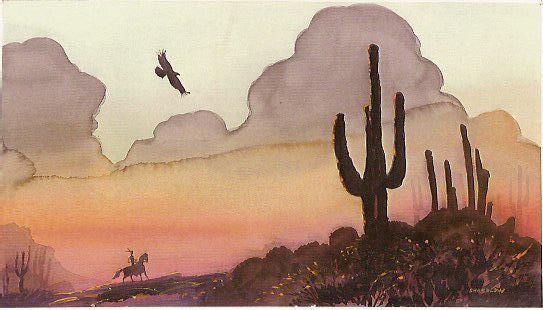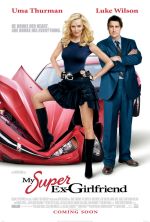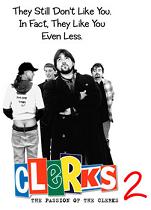
I long ago stopped being surprised by the level of ignorance and misinformation that surrounds the word "
union." It's bad enough that most people take what they know about unions from episodes of
The Sopranos -- that's simply ignorance at work. More disturbing is the intentional misinformation that's regularly spread from some quarters. As an example, here's a passage from a book published this year, by a serious writer, historian, and journalist, describing the Disney strike of 1941:
"
As he employed a good many intellectuals, artists, and writers who at that period leaned overwhelmingly toward the left, this produced tension at the Disney Studios and, in 1940, led to a strike aimed either at forcing Disney to make pro-Communist propaganda cartoons or at shutting the studio down. Disney defeated the strike, with some help from J. Edgar Hoover's FBI, and pursued his own individual way until his death."
Say what?!? The strikers tried to force Walt to make Commie propaganda? And J. Edgar was there, bra and lacy panties under his G-Man suit, cigar clenched between his teeth, helping crack those pinko's heads? Yeah, right. . .
This crap is by Paul Johnson, in his 2006 book "Creators: From Chaucer and Durer to Picasso and Disney." Mark Mayerson recently posted about this error-riddled book on his excellent blog, Mayerson on Animation.
Cartoon Brewmaster Amid Amidi also comments about the book, and points out that the author is a far right-wing religious fundamentalist . Not that there's anything wrong with being far right or fundamentalist, but is that an excuse to lie? And what of the editors at HarperCollins? Was it really so hard to do some fact checking?
I've talked to Tom Sito about the incredible rigor with which his editors have vetted the information in his upcoming book, "Drawing The Line." Every last little thing he wrote required multiple sources and verification. We can only hope that, after Tom's book is published, future "historians," despite whatever private agenda they may have, will find it more difficult to publish nonsense.
[The intriguing cartoon illustrating this post is by editorial cartoonist Gavin Coates, from earthycartoons.com.]
Click here to read entire post
 Left, an updated view of the front of our new building at 1150 N. Hollywood Way in Burbank, courtesy of Kalban and Associates.
This is looking to the southwest, from Hollywood Way ...
Left, an updated view of the front of our new building at 1150 N. Hollywood Way in Burbank, courtesy of Kalban and Associates.
This is looking to the southwest, from Hollywood Way ...
 ... and this would be looking northeast from Hollywood Way. Note that we do not think we are going to be putting the disk logo on the front of the building, or at least not this prominently. (We also won't be putting the guild's initials "TAG" up on any walls. We feel this might, ah, send the wrong message to Los Angeles street artists.)
Click here to read entire post
... and this would be looking northeast from Hollywood Way. Note that we do not think we are going to be putting the disk logo on the front of the building, or at least not this prominently. (We also won't be putting the guild's initials "TAG" up on any walls. We feel this might, ah, send the wrong message to Los Angeles street artists.)
Click here to read entire post













